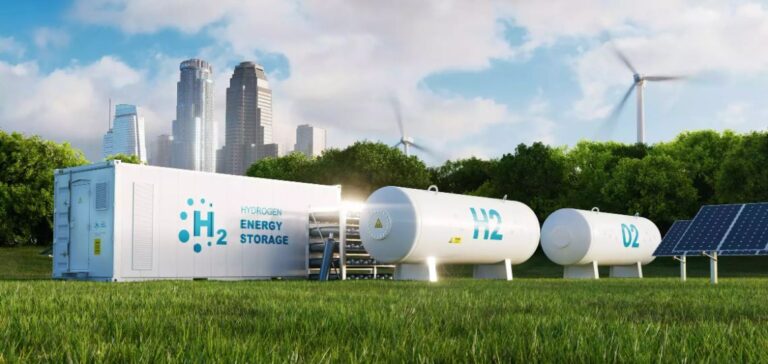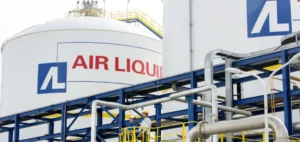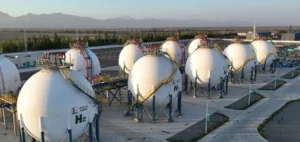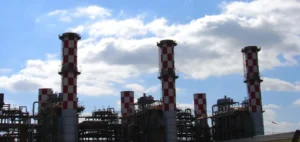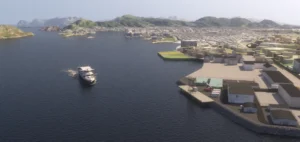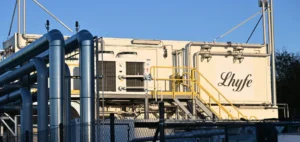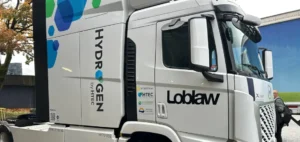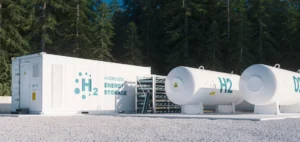The French Ministry for the Energy Transition has approved the issuance of two exclusive research permits (PER) to Storengy and 45-8 ENERGY for the exploration of natural hydrogen in the Nouvelle-Aquitaine region. The projects, named “Grand Rieu” and “Marensin”, respectively cover 266 km² in the Pyrénées-Atlantiques and several municipalities in the Landes department. Ministerial decrees formalising the permits were published in the Journal Officiel on 29 March 2025, establishing an initial five-year exploration phase.
Scientific collaboration and geological objectives
These permits follow on from the H2NA research project conducted between 2021 and 2022 and co-funded by the Nouvelle-Aquitaine region. As part of this initiative, Storengy and 45-8 ENERGY worked with academic and industrial partners to map the preliminary natural hydrogen potential. On the strength of those findings, both companies submitted their PER applications to the Directorate General for Energy and Climate (DGEC) in 2023.
The first phase of the research programme will involve reprocessing existing geological and geophysical data, including gravimetric surveys, passive seismic measurements and soil hydrogen concentration readings. These efforts aim to refine the geological understanding of the local subsurface and pinpoint the most promising zones for targeted exploration.
Territorial footprint and engagement with local stakeholders
The Grand Rieu permit involves 36 municipalities, while the Marensin perimeter spans 13. Informational meetings have already been held with local elected officials to outline the scope of the projects. Storengy and 45-8 ENERGY have stated their intention to maintain regular dialogue with stakeholders to support the operational rollout and ensure transparency regarding ongoing activities.
Industrial prospects and sector structuring
The key issue in these exploration activities is the potential to identify resources that could be developed in the medium term, allowing for the establishment of a natural hydrogen industry in France. This resource, occurring naturally underground, could be integrated into existing infrastructure and meet the low-carbon supply needs of heavy transport and industrial sectors. The economic viability of the molecule, compared to current production methods, remains a central axis for evaluation in the project’s upcoming stages.


